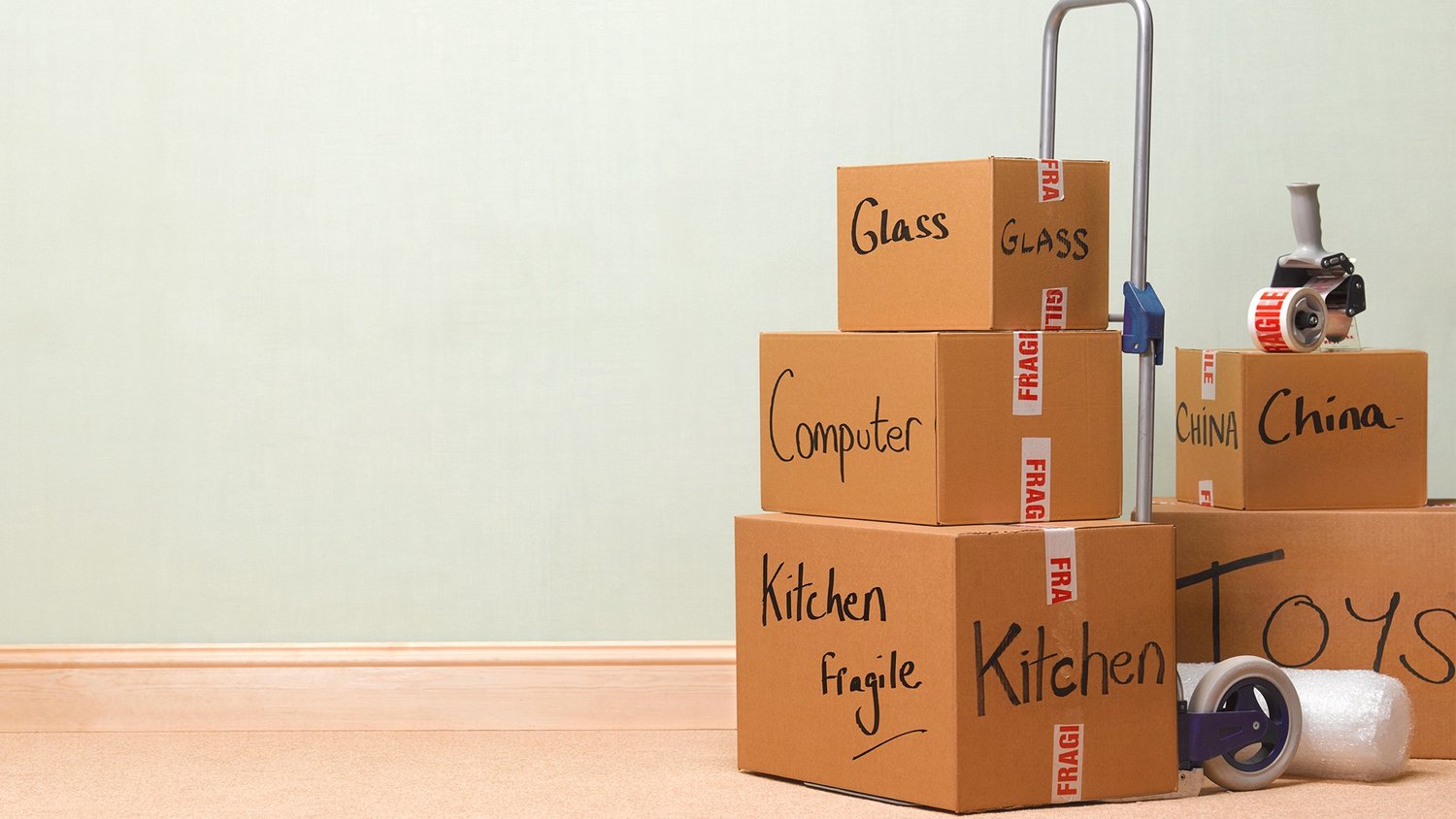You did it! You pulled off your big move, without forgetting or damaging anything, and you’re fully unpacked. And yet, in some ways, successfully moving into a new place is only the beginning.
Read on for some tips and guidelines for the next big item on your moving checklist: making your new house/apartment feel like home.
Check Off the Official Stuff
-
Make sure important papers are organized. This means everything related to the move (insurance contracts, bill of lading, moving contracts, leases, etc.), as well as all your personal documents (medical, dental, school records, etc.)
-
Complete your change of address with everyone you need to: insurance companies, banks, the DMV, employers, etc.
-
Register to vote!
Ensure Your Safety
-
Install new locks and security systems. If you’re renting, talk with your landlord before doing so.
-
Make sure smoke alarms and carbon monoxide detectors are working, and you have a full fire-extinguisher.
-
Locate your water shutoff valve and circuit breaker board.
Get Your Bearings
-
Locate the nearest hospital, police station, fire station, pet hospital, gas station, grocery store, bank and post office.
-
Find a new doctor, dentist, pediatrician and veterinarian.
-
Find out the trash/recycling pickup times.
-
A great way to start feeling like a local is to act like one! That means going to the best places to eat, relaxing in the most beautiful spots, hiking the best trails, etc. You can talk to your neighbors, chat up the locals (use the always well-received “I just moved here” line) or use the wonders of the internet. Try sites like Yelp or Zomato for great food, seek advice on Facebook/Twitter, or check local blogs for the inside scoop.
Get Your Kids and Pets Settled
-
Organize Skype calls with friends, family and favorite babysitters from your prior hometown.
-
If you haven’t done so already, now’s the time to find new schools for your kids! Definitely include older children in the selection process.
-
Volunteer at schools, go to parks to find friends and setup playdates for your pets and young ones.
-
Moving is stressful for everyone, so expect some level of regression and difficult behavior.
-
Give both your kids and pets time and space to adjust. Accept that it could be weeks or months until they feel fully settled and at home.
Connect with Your Community
-
Throw a house-warming party to get to know your new neighbors, who could one day become your future babysitters, friends, pet-sitters and even fellow survivors in the aftermath of the zombie apocalypse!
-
Check with your local Home Owner’s Association to see if there are any rules you should know about (such as what you can or cannot add to your home).
-
Join clubs/activities organized by the community. Check out the community board at the local library and sign up for local magazines and newspapers. Meetup is also great for both keeping up old hobbies and starting new ones.
Thanks for reading! If you liked this post, please recommend or share it with others. 🙂
Want to talk? Connect with Moved on Facebook, Twitter, and Instagram!












